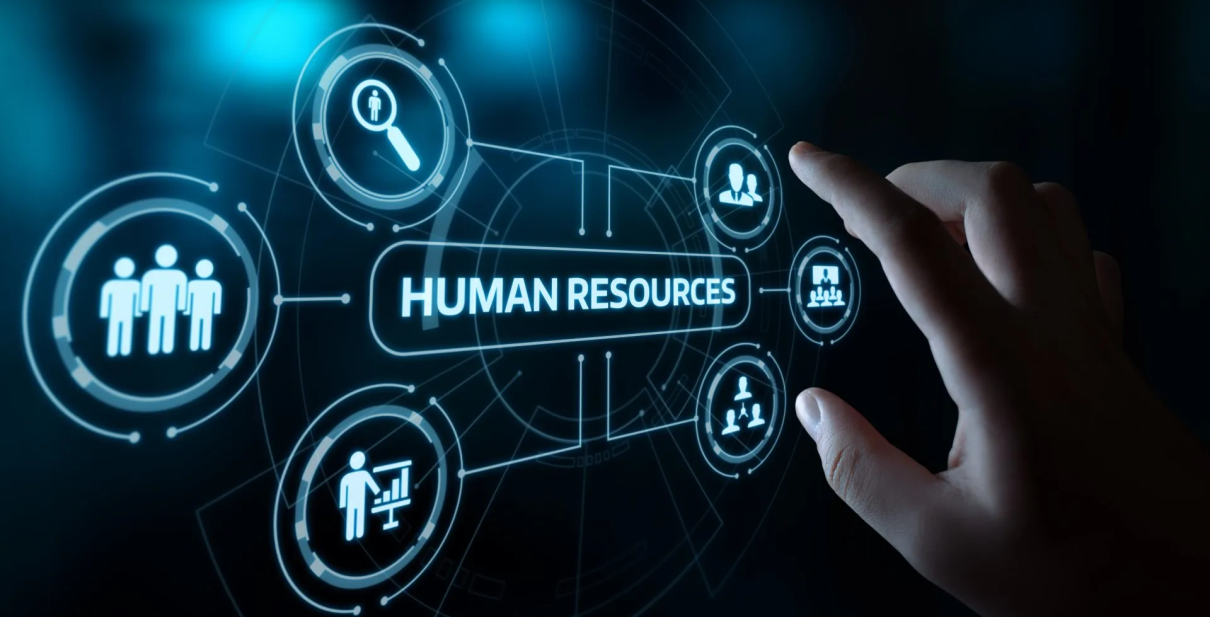Human resource management software/systems are digital tools used to support an organization’s HR processes. They can help streamline recruitment management, benefits, payroll management, employee data, employee performance, compensation management, and timesheets.
The job of an HRMS is to leverage technology to increase efficiency and help managers create happier, more productive teams.
- Document Management
What is the scope of document management as a part of HR system features? It should act as a knowledge base of informative documents:
- Automatic Tax Document Generation
- Company Policies and Employee Handbook
- Document Repository
HR solutions should also include a complete directory of employee profiles that include:
- Personal information
- Job and salary history
- Banking and tax details
- Insurance plans
- Time off requests
- Disciplinary history
- Performance feedback
This module should also offer these additional capabilities:
- Document Access Control: To ensure data security and restrict unauthorized access.
- Document Search and Sharing: To encourage self-reliance and facilitate a smooth flow of information within the organization.
- Document Updates and Printing: To keep the data and knowledge base up-to-date and build transparency.
- People management
When your company reaches a certain size, keeping all information in spreadsheets becomes more trouble than it’s worth. Going through each and every document to ensure records match gets tedious (and introduces lots of errors).
At its heart, a human resource management system is a database of all employee records. The information can include names, positions, date of hire, duties, benefits, insurance plans, performance history and so on. All of this information is linked to the employee’s profile so that you can easily find the records when needed.
When this information is available to employees via a self-service portal, your HR managers won’t have to answer a ton of repetitive questions. The ability to see your tasks, instructions, and processes makes it easier for employees to start working on
- Recruitment & Hiring
The system can automate and optimize a data analysis on peer positions and pitch the correct salary. The automated recruitment module of HRMS makes hiring procedures swift with easy to prepare templates and follow-up with recruitment. Moreover, an applicant tracking system (ATS) can simultaneously accept or reject applicants based on set criteria. And this not only increases the turnaround time but also saves costs on dedicated resources for placement.
- Self Service (Management)
Managers’ self-service functions help you speed up HR processes and allow you to carry out various tasks like reviewing candidate applications, entering performance review data, approving expenses claims, and accessing employee information.
- Self Service (Employee)
Employee self-service functions enable your employees to input personal data, check on the status of their benefits, and request time off. This can save your HR department a ton of time as they no longer must be the go-between your staff and this information.
Managing human resources is essential for all companies. Key features of human resource management software are all aimed at freeing the time you spend on routine tasks to focus on attracting, motivating, and retaining top talent.
As a good place to start deciding what kind of solution is best for you, check out Staff Planet from Villextra Technologies Limited.

